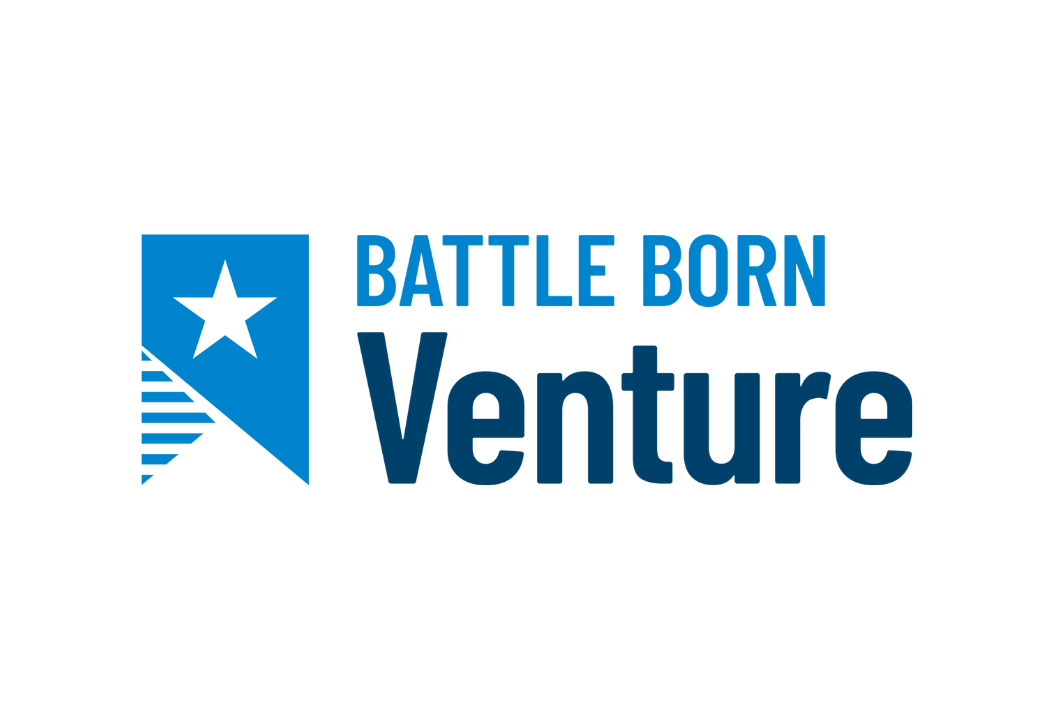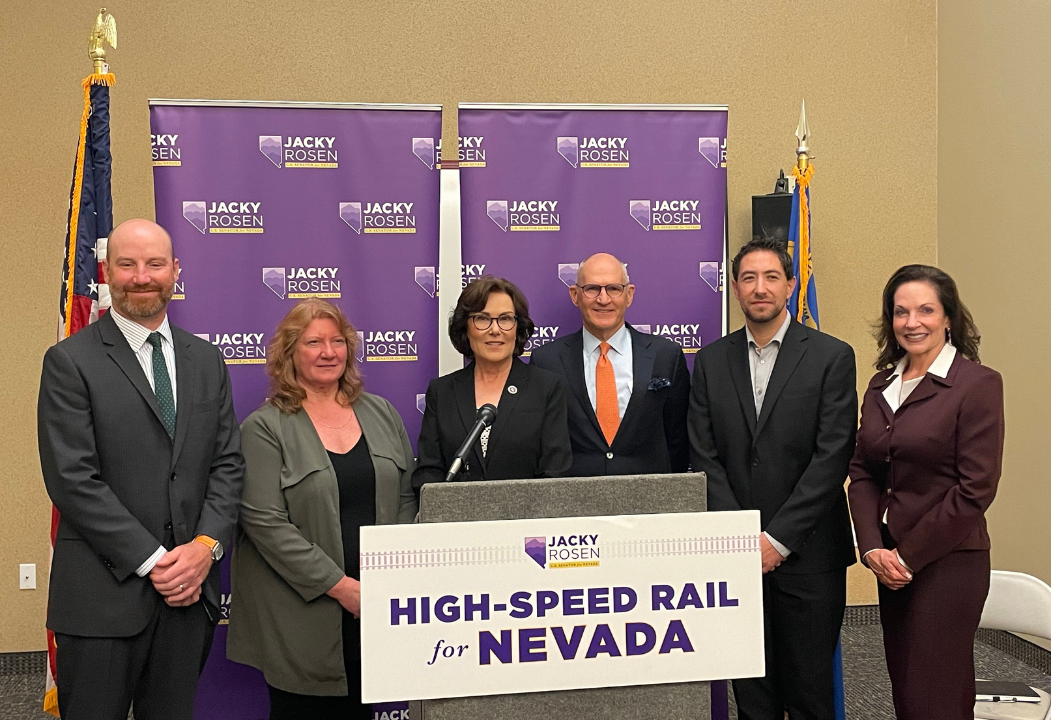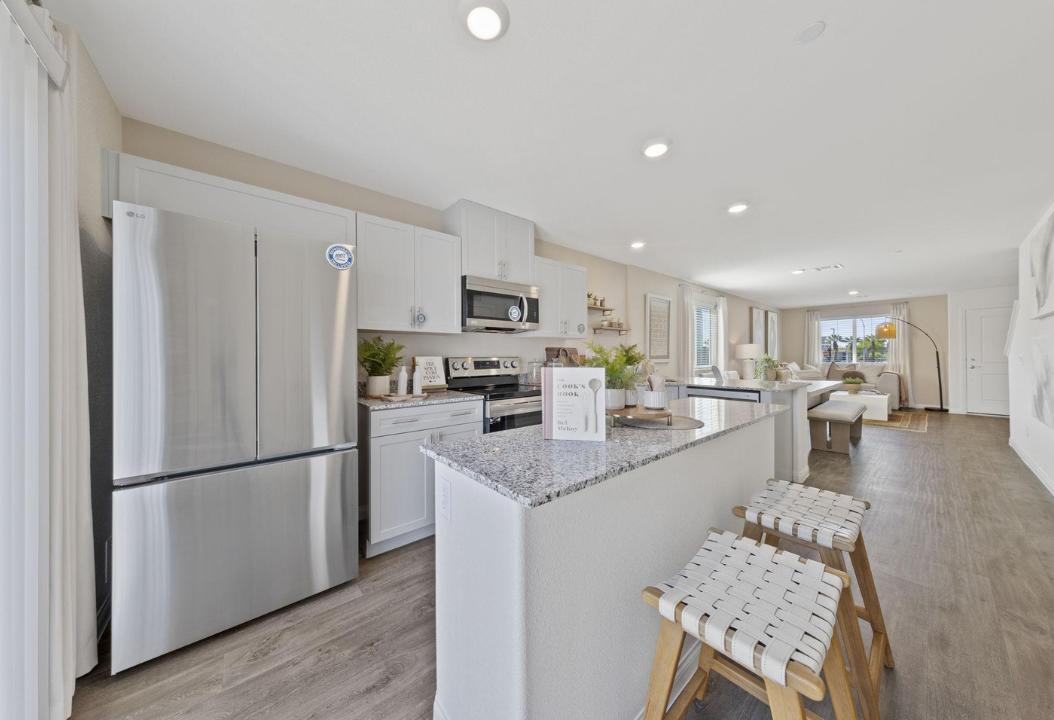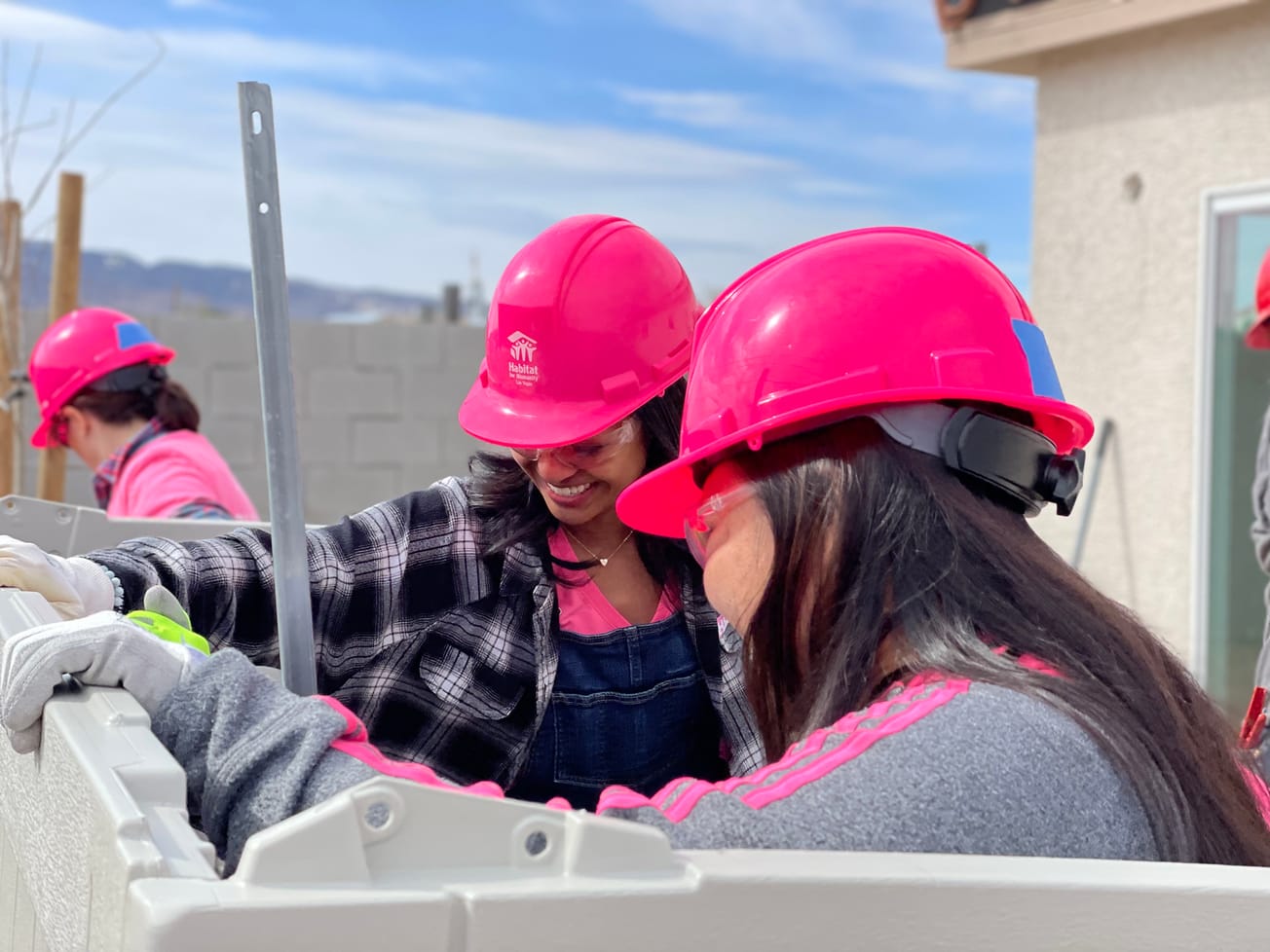UNLV’s Advanced Engineering Building (AEB) is planning to open in January 2024. The vision of this new engineering building started 13 years ago. For the past 18 months, the building has been under construction. The AEB will support research in water resources, environmental engineering, material engineering, biomedical engineering, advanced energy research, cybersecurity, electronics, robotics, Artificial Intelligence, and machine learning.
"The AEB was designed to be, first and foremost, student-centered, collaborative, and a place for faculty and student researchers to invent or discover new technologies for solving community and national challenges,” said Patrick Castellano, director of design and associate university architect, adding that the building will support explosive student enrollment and graduation numbers.
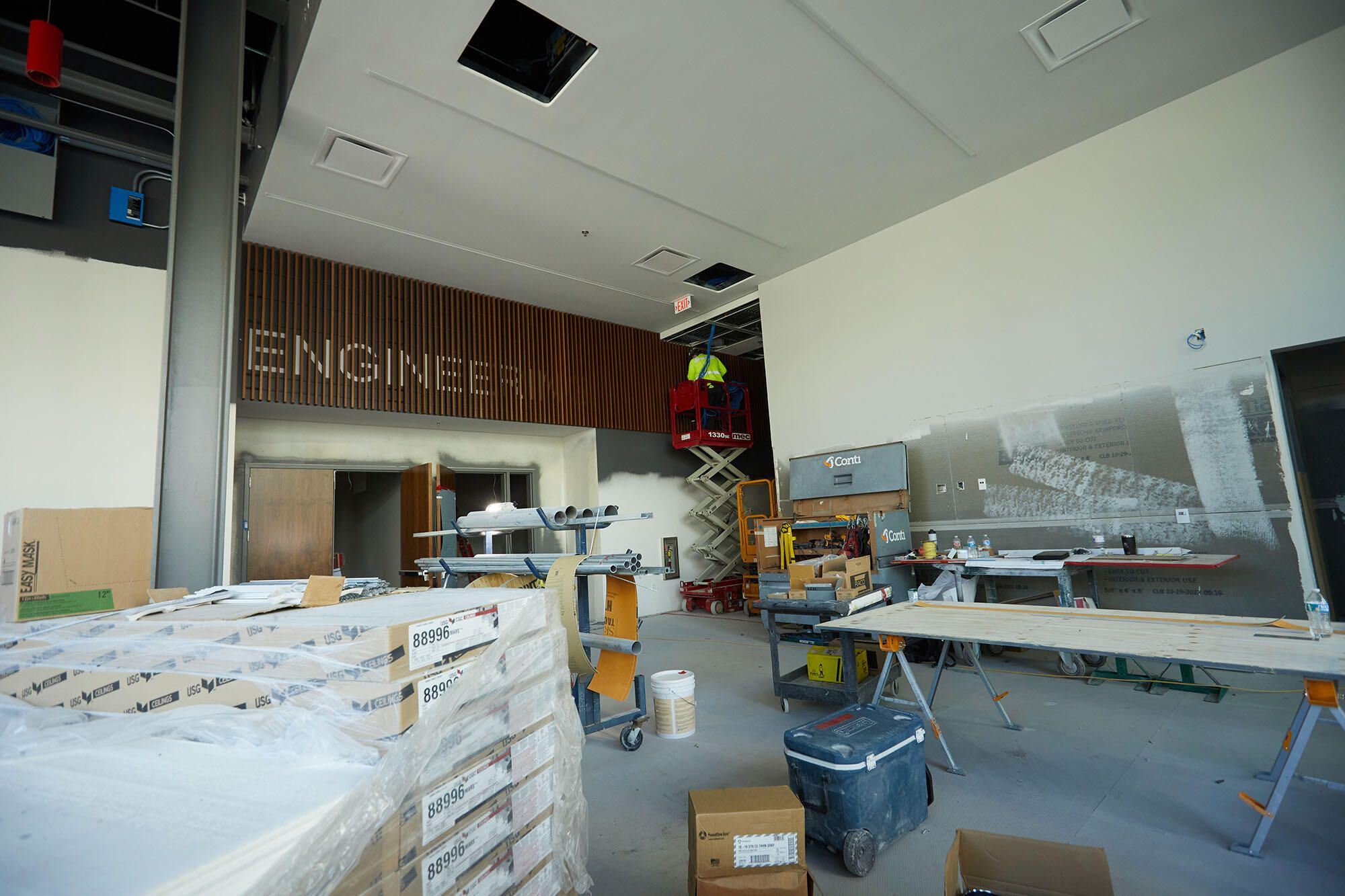
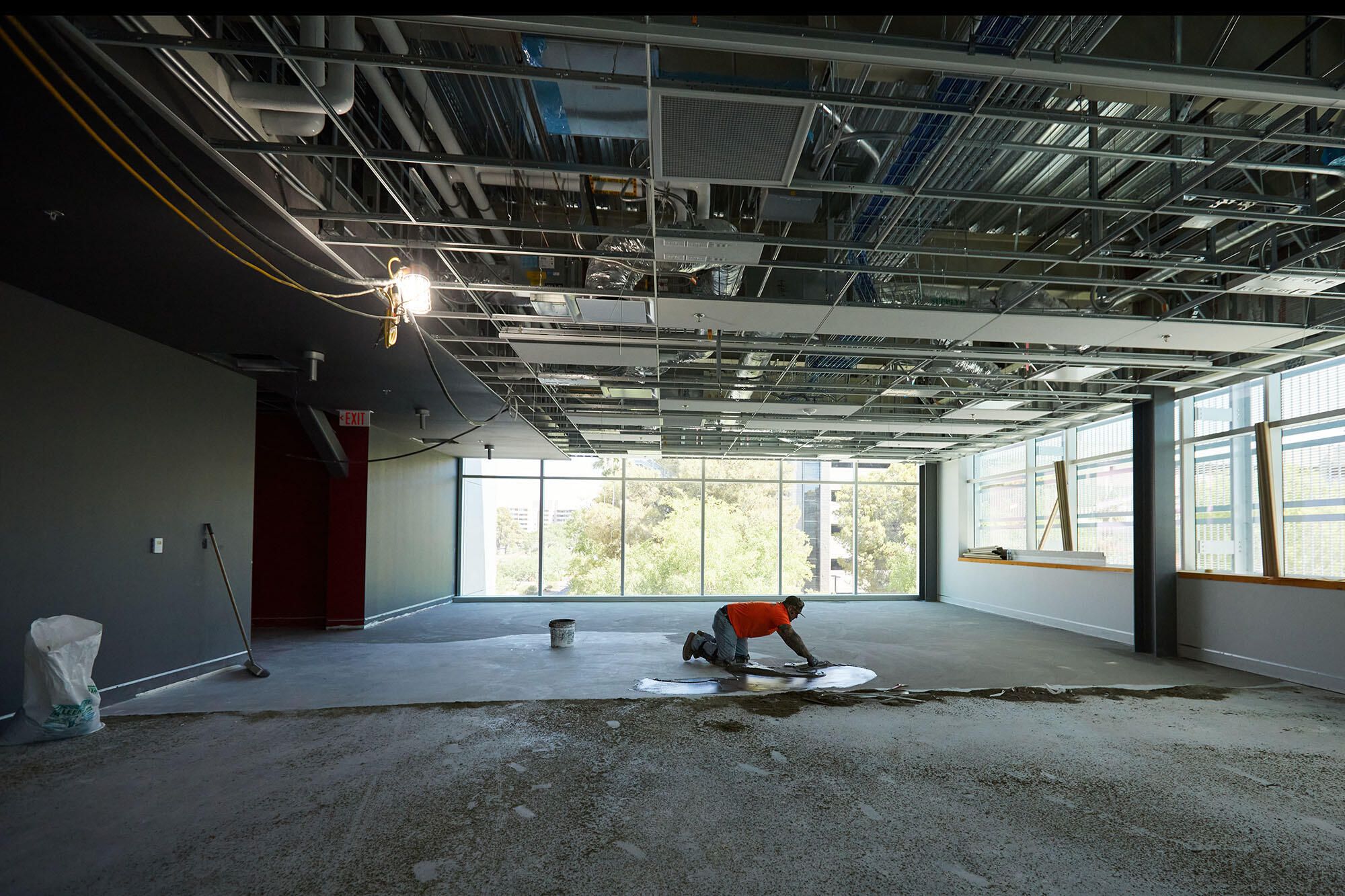
The Advanced Engineering Building is under construction (Becca Schwartz/UNLV)
The first floor has large open space for collaboration and to support large-scale engineering projects such as 3D printing, laser cutting, concrete casting, and students’ Senior Design capstone projects. UNLV College of Engineering Dean Rama Venkat envisions this space to host K-12 STEM summer camps and other events that are part of the college's community partnerships.
The building has the first flexitorium (a flexible auditorium) on campus to support signature activities as well as large class sizes. The space has auditorium-style seating that can fold up.
On the second and third floors, labs are designed with an open-concept and are not separated by partitions. Level 2 will have dry/computational labs and level 3 will have wet labs. “It’s unique because it encourages cross communication with each other,” Castellano said. “The labs are meant to be collision spaces, where a researcher who is working on a particular project might find it beneficial to cross collaborate with someone else who’s in a different field, or similar field.”
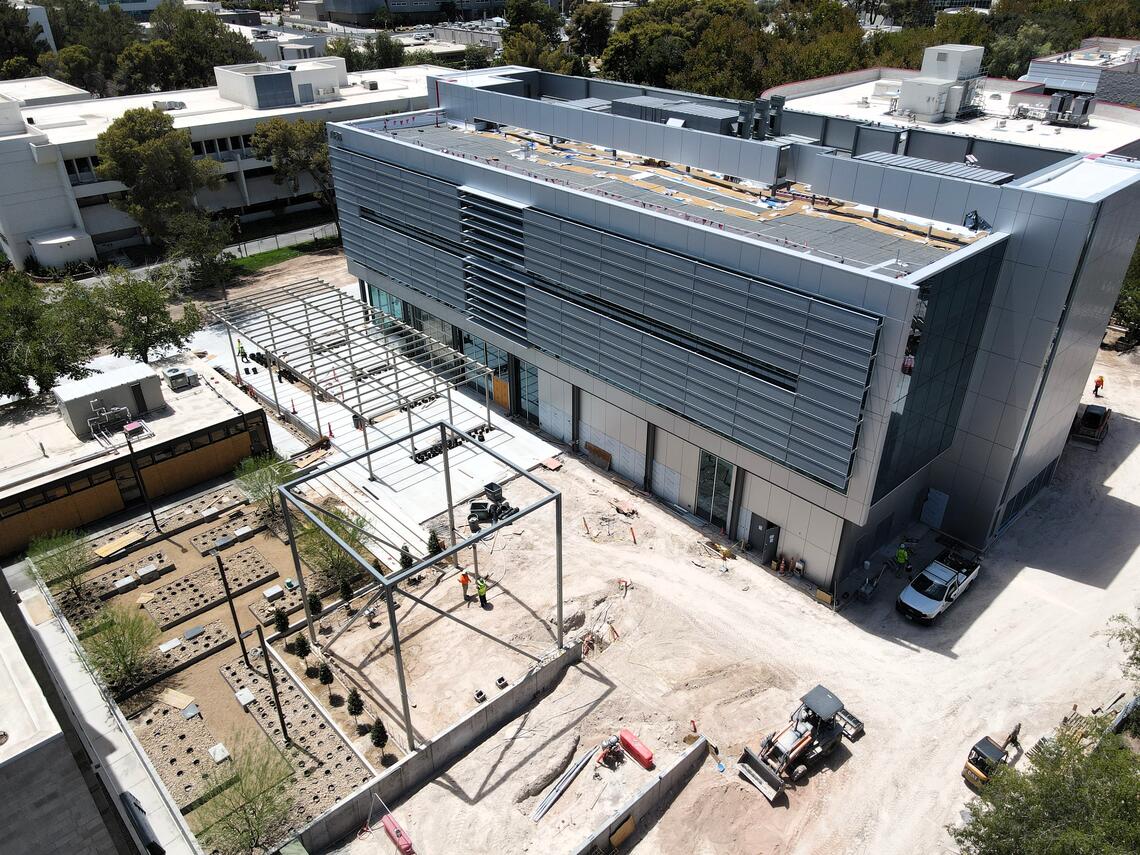
A drone aviary will be used to support research and advanced study in autonomous aerial system development. The College of Engineering will start a new autonomous racing class this fall. A team of students will use the aviary to test autonomous grounded racing vehicles that are one-tenth the size of a regular vehicle and compete in the F1TENTH competitions.
“I might be biased, but it’s the best-looking building on campus,” Venkat said. “It's beautiful inside and out. And more importantly, not a single square foot of AEB is wasted. Everything is going to be utilized. I can’t wait to see the building brimming with activity and students.



